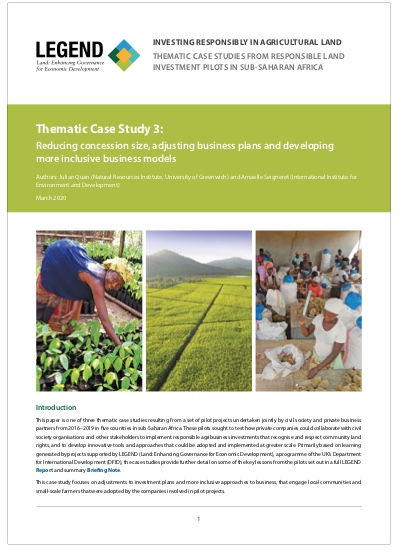Actors, Scales and Spaces Dynamics Linked to Groundwater Resources use for Agriculture Production in Haouaria Plain, Tunisia. A Territory Game Approach
Groundwater resources became a recognized enabler of important rural and socio-economic development in Mediterranean countries. However, the development of this groundwater economy is currently associated with an increased pressure on the available resource and negative implications on the socio-ecological system. Managing complex socio-ecological systems, such as those that occur in water resource management, is a multi-actor, multi-scale and dynamic decision-making process.





